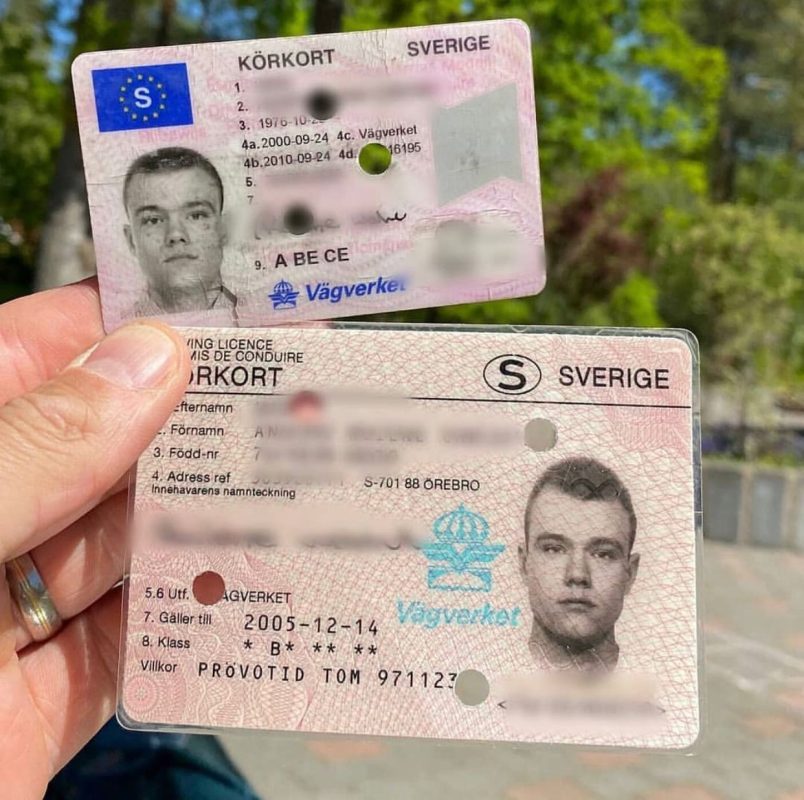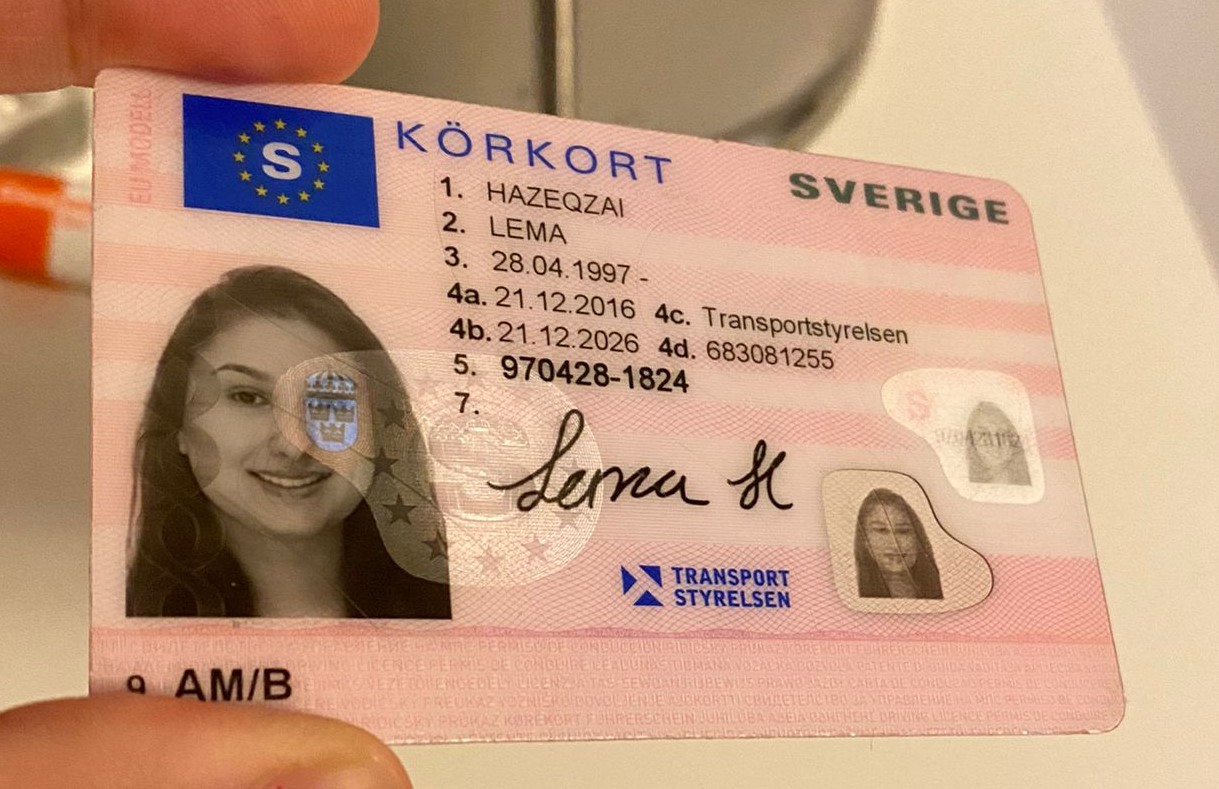As innovation continues to evolve at an unmatched rate, different sectors are welcoming innovations to enhance user experience and efficiency. One of the areas experiencing substantial change is identity management, particularly concerning driving licenses. With the introduction of digital licenses and advanced recognition techniques, the landscape of driving license ID handling is anticipated to go through substantial modifications by 2025. This article explores the awaited developments in driving license ID handling, the ramifications for users, and responses regularly asked questions about the future of driving licenses.

Driving licenses have traditionally worked as a method of recognizing an individual's authority to run a motor automobile. They likewise serve multiple secondary purposes, including age verification and identity verification for banking and travel. However, the physical card system has constraints, consisting of dangers of counterfeiting, loss, and outdated details. As society gravely relies on efficient and protected recognition systems, the transition toward digital licenses is ending up being increasingly popular.

Digital Licenses: Many states are piloting digital driving licenses that allow users to store their credentials on their smart devices. These digital licenses are designed with sophisticated security features, including biometric information, and can be scanned or shared securely.
Blockchain Technology: Some jurisdictions are checking out blockchain to boost the security and credibility of driving licenses. This innovation ensures that details can not be tampered with and that the information is quickly proven.
Facial Recognition: Increasingly used in recognition practices, facial acknowledgment innovation can expedite the procedure of verifying a person's identity against their driving license. This technology likewise helps in reducing scams and keep the integrity of the licensing systems.
Multi-Functional Licenses: Future driving licenses may integrate additional functions such as health records, travel paperwork, and even payment systems, supplying a comprehensive identity service.
The shift towards digital driving licenses provides a number of benefits, consisting of:
Convenience: Users can access their licenses anytime, which eliminates the requirement for physical cards. This is particularly useful when people forget their license, as digital copies can be obtained rapidly.
Security: Advanced security measures can decrease the threat of identity theft, fraud, and unapproved duplication. Digital licenses often include encryption and biometric verification.
Effectiveness: Reduced wait times at federal government offices and throughout traffic stops, as police can validate digital licenses immediately.
While the developments in driving license ID dealing with present various benefits, they likewise come with challenges. Users require to adapt to brand-new innovation and ensure they understand the modifications and their ramifications. Here are some factors to consider:
Privacy Concerns: With increased digital footprints, there will be increased issues over information personal privacy and how biometric data is kept and used.
Availability Issues: Individuals without access to smartphones or digital innovations may deal with barriers to getting and utilizing digital licenses.
Regulatory Compliance: With numerous jurisdictions adopting different systems and processes, users should understand their regional laws relating to digital licenses and identification.
| Element | Present Status | Expected Change by 2025 |
|---|---|---|
| License Format | Physical cards | Predominantly digital licenses |
| Verification Process | Manual checks | Automated biometric confirmation |
| Security Measures | Basic holograms and functions | Advanced encryption and blockchain |
| Jurisdictional Differences | Fragmented procedures throughout states | More standardized national systems |
| User Interaction | In-person renewals and checks | Mobile applications for management |
1. What is a digital driving license?A digital driving license is an electronic version of a traditional driving license that is saved on a mobile gadget. It can be used for identification and verification in various situations, with improved security features to avoid scams.
2. How will digital licenses enhance security?Digital licenses use file encryption and biometric information, making them more difficult to create or abuse compared to traditional cards. Additionally, blockchain technology can ensure data credibility and stability.
3. Will everybody be needed to change to a digital license?While numerous jurisdictions are approaching digital licenses, guidelines might vary. Users are encouraged to talk to their local licensing authorities for particular guidelines.
4. What are the possible downsides of digital licenses?Some potential downsides include personal privacy issues relating to information storage, availability problems for people without smartphones or digital literacy, and the requirement for a robust regulatory structure to handle security and user rights.
5. How can I get ready for the shift to digital licenses?Stay notified about local efforts concerning digital licenses, check out available mobile applications for managing identification, köpa körkort and cultivate digital literacy to navigate new innovations with confidence.
The future of driving licenses and ID handling is poised for considerable advancement by 2025. As digital licenses become more common, users will experience enhanced security, convenience, and efficiency. However, along with the advantages come obstacles that will require public awareness and adjustment. Stakeholders need to focus on education, policy, and availability to make sure a smooth transition that empowers people with the recognition tools of the future. As innovation advances, so too will the techniques through which society handles identity, particularly crucial in procedures as fundamental as running a motor car.
No Data Found!

